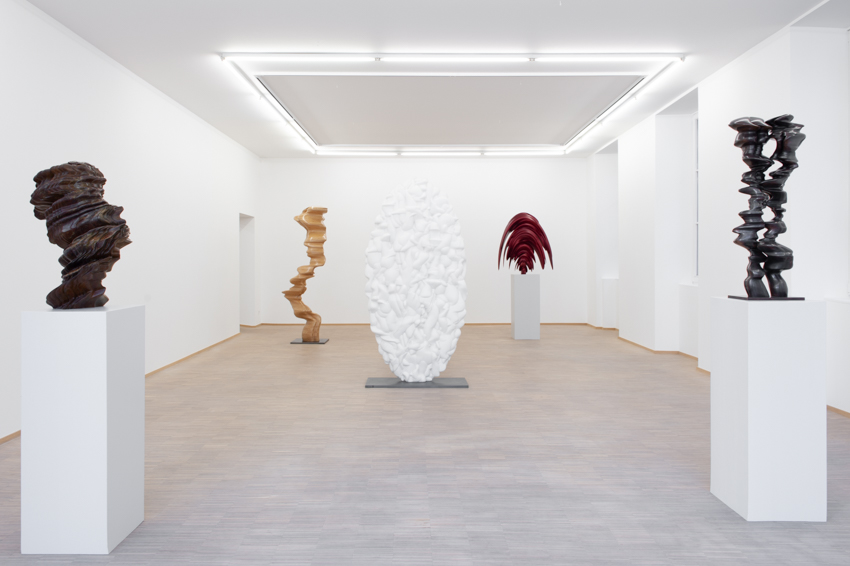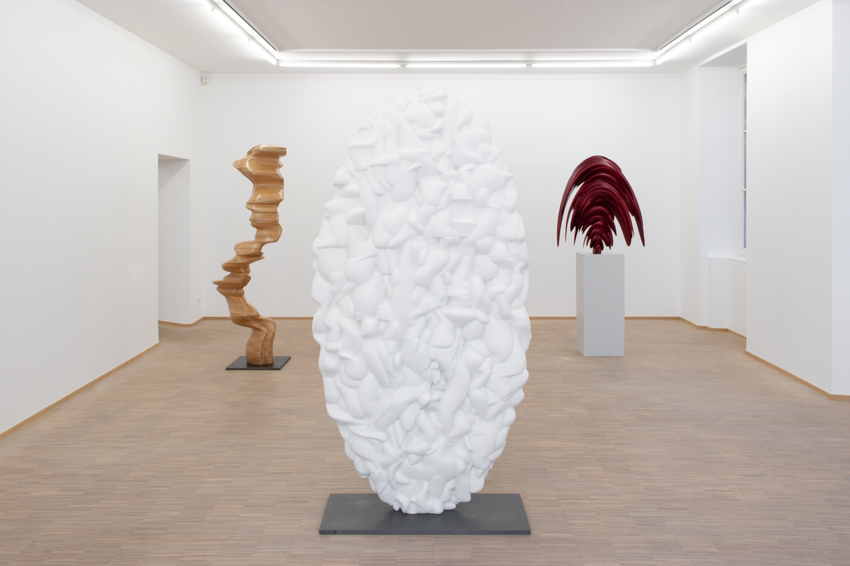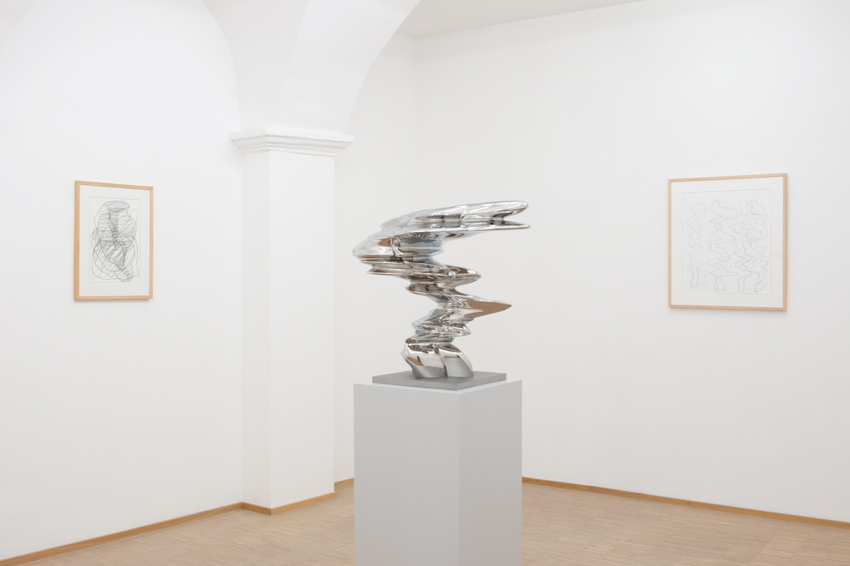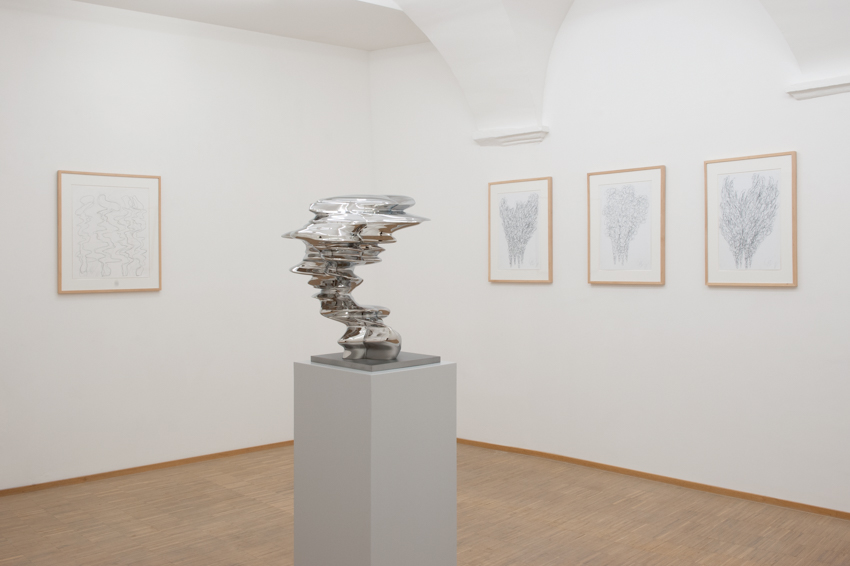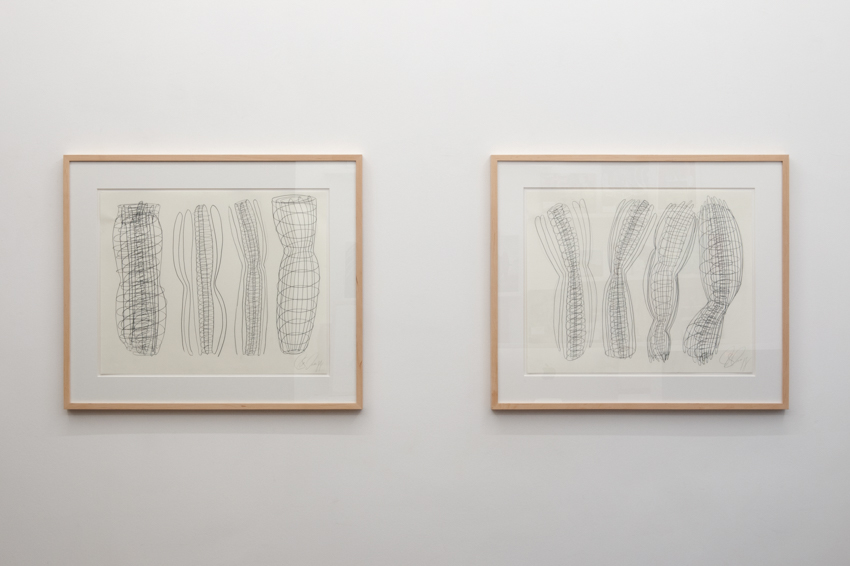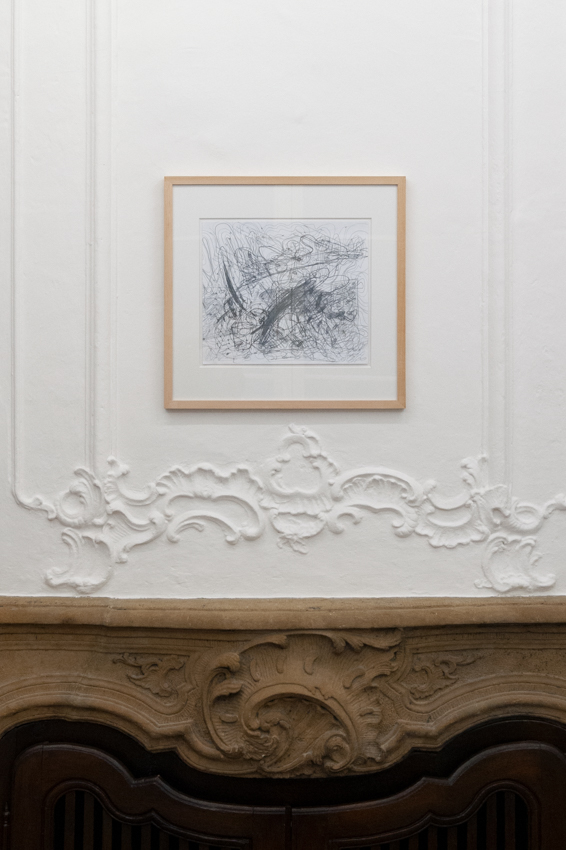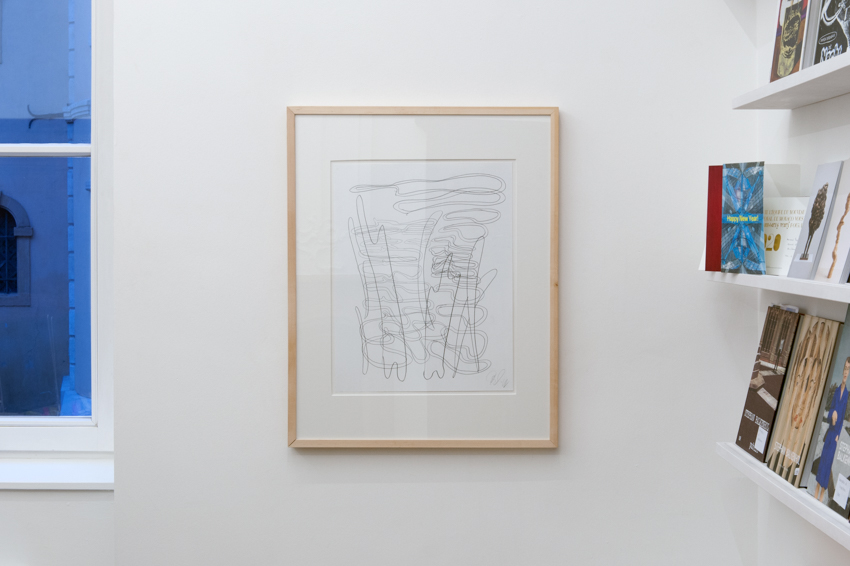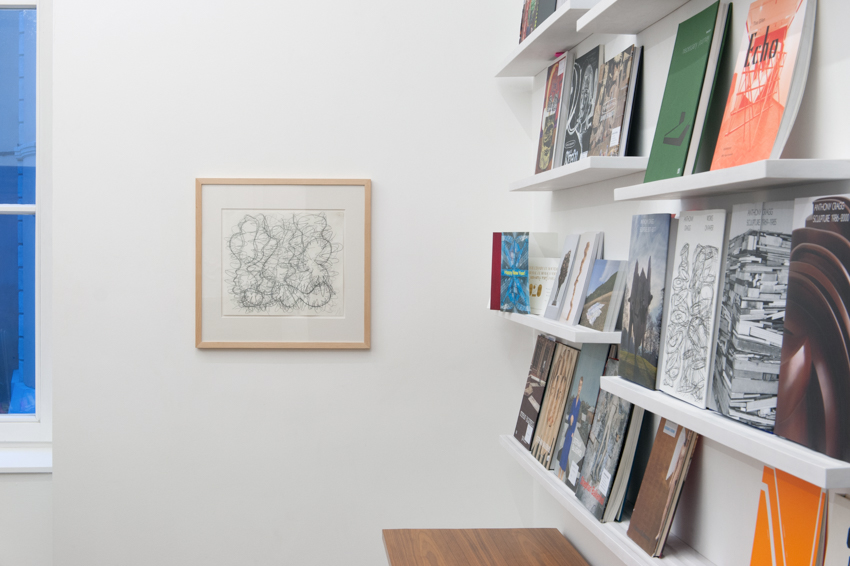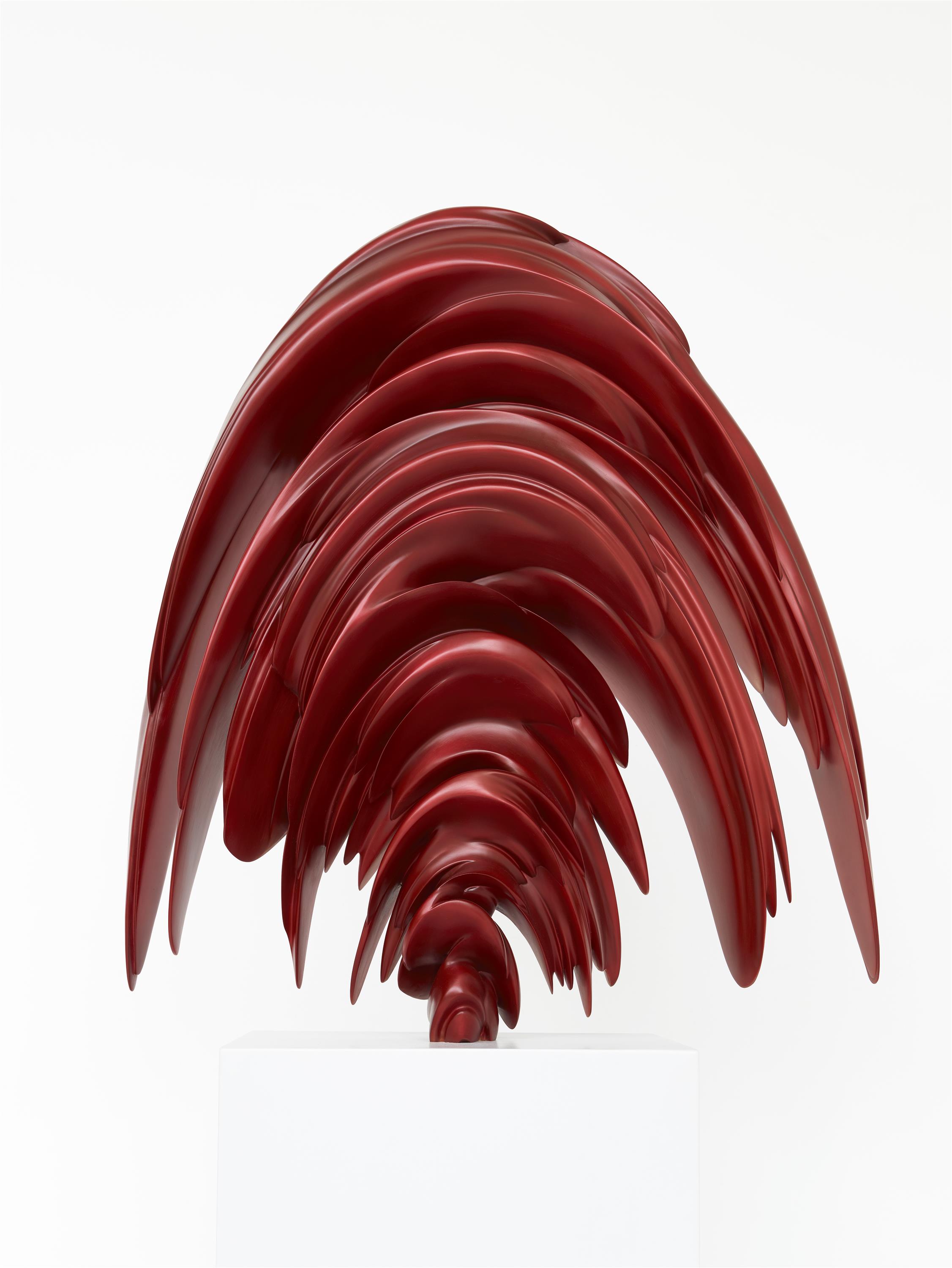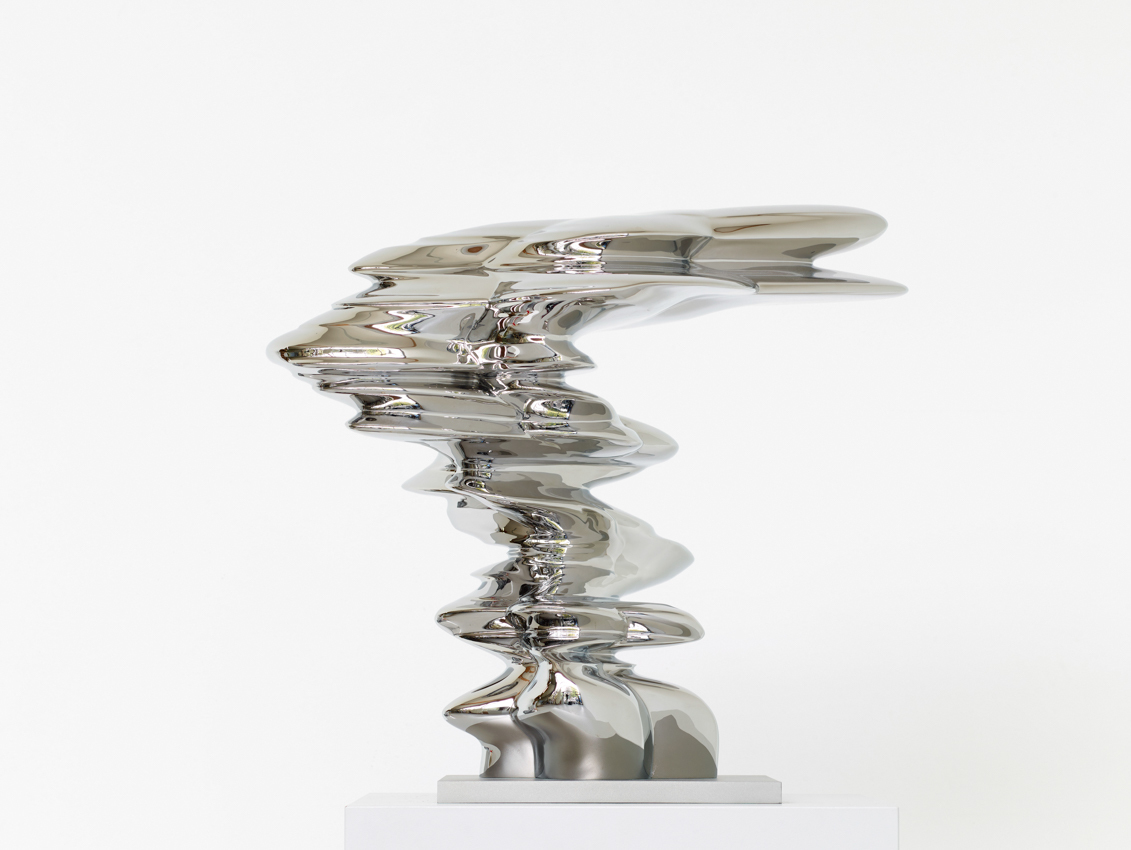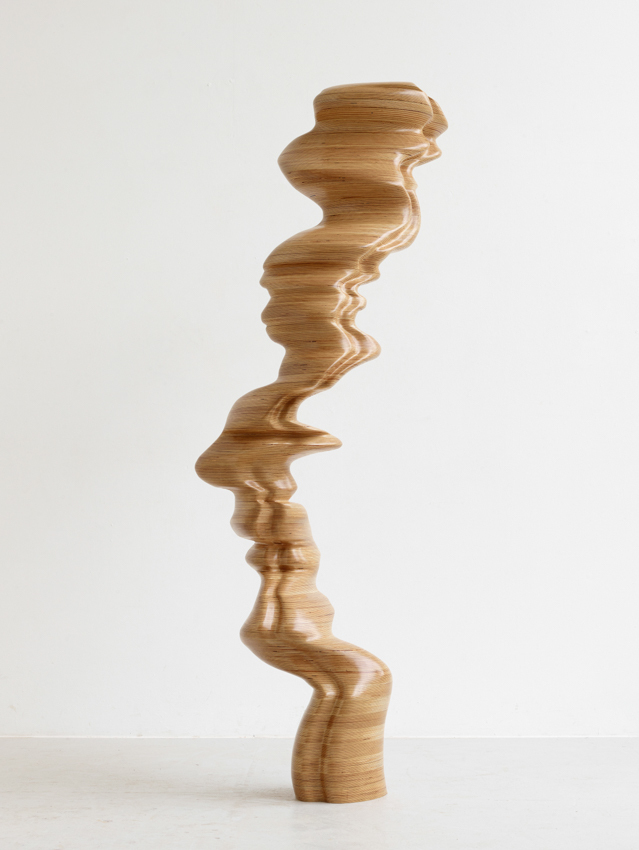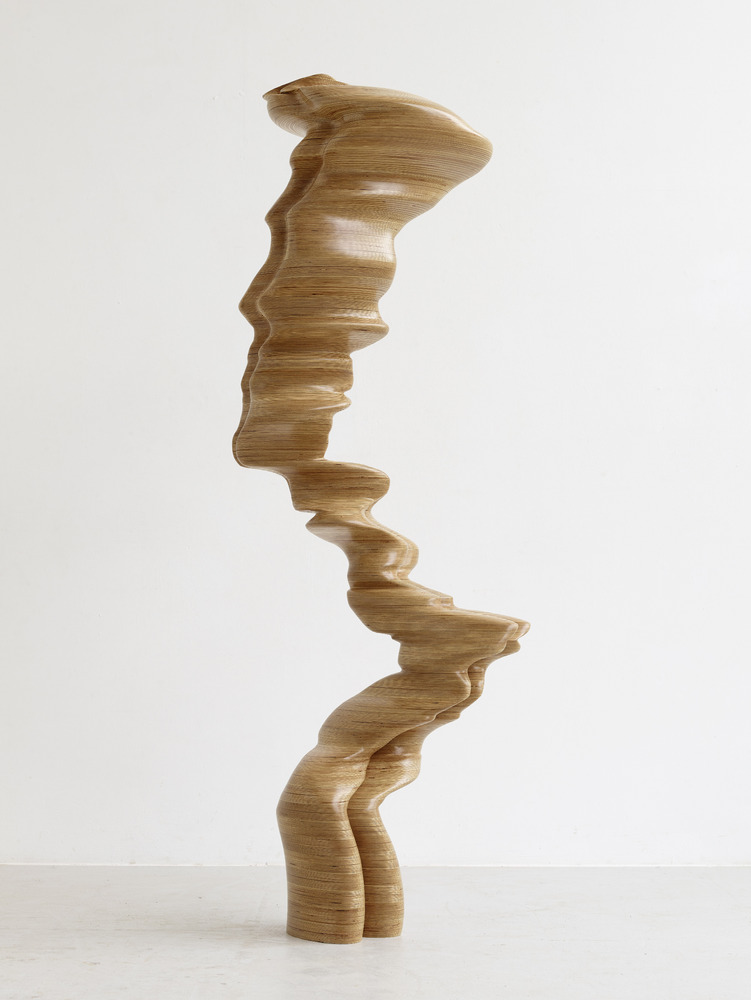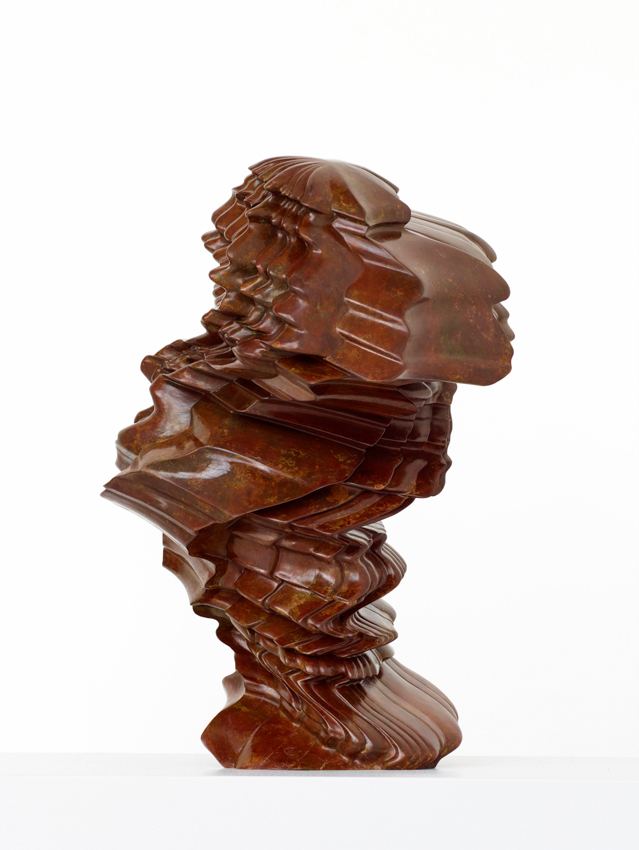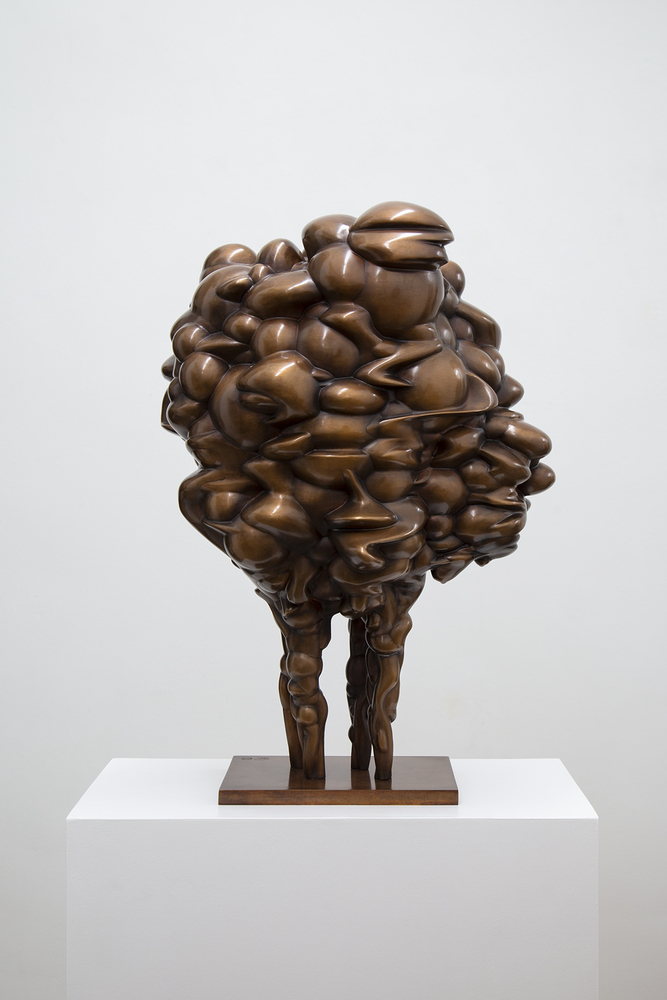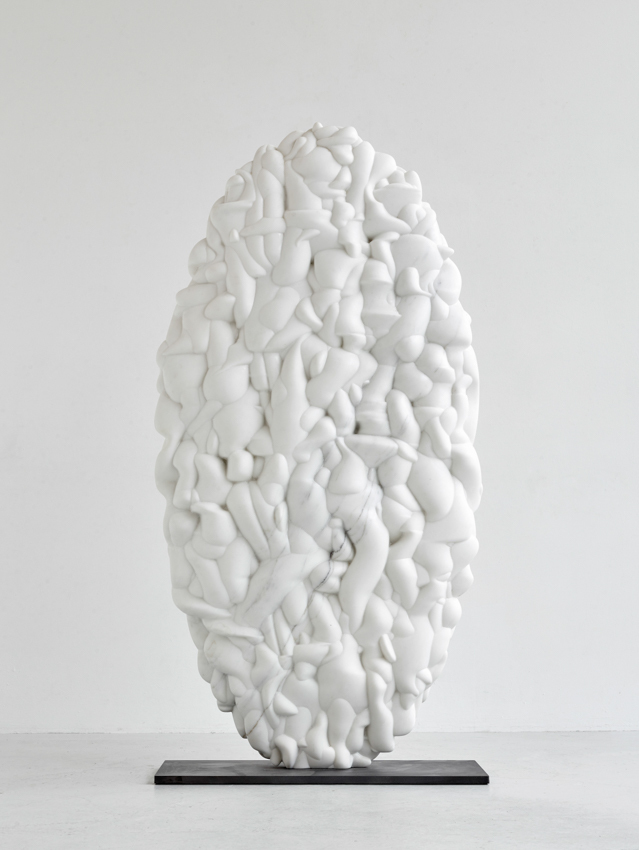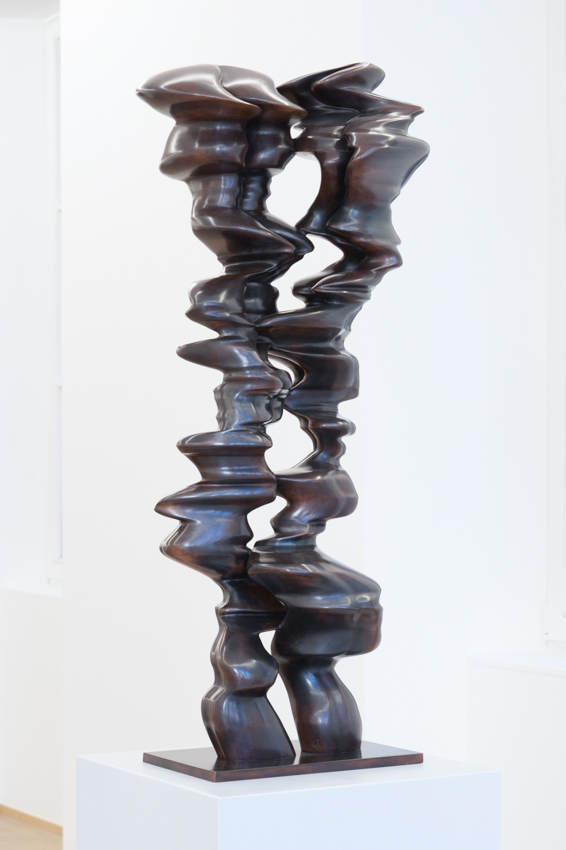Exhibited Works
Informations
Nosbaum Reding Gallery is thrilled to announce the first gallery show in Luxembourg of the world-renowned British artist Tony Cragg (born 1949 in Liverpool). Cragg, who has been living in Wuppertal, Germany, since the late 1970s, is well-known to Luxembourgish audiences, among others thanks to an extensive survey of his work shown at Mudam in 2017. He rose to fame in the 1980s with a series of floor and wall arrangements of found or discarded objects that explored the relationships between nature and industry. Embracing traditional as well as poor or cutting-edge industrial materials including fibreglass or Kevlar, his work revolves around the main tenets of classic sculpture: form, material, content, appearance. His oeuvre develops along parallel and partly intersecting ?families? in which he explores the complex ways in which material and forms affect our thoughts and emotions. Of late, he has been developing several series of sculptures based on drawings and developed with the help of 3D modelling software, resulting in a new vocabulary of forms that reflect on the interplay of craftsmanship and technology. Defying the notion that in the era of virtual worlds, sculpture has had its day, his work proves that harnessing new materials and techniques produces stimulating and often challenging results. In Cragg?s own words: ?The future of sculpture has just begun.?
---
Nosbaum Reding Gallery a le plaisir d?accueillir la première exposition en galerie à Luxembourg de l?artiste britannique de renommée mondiale Tony Cragg (né en 1949 à Liverpool). Cragg, qui vit à Wuppertal, en Allemagne, depuis la fin des années 1970, est bien connu du public luxembourgeois, notamment depuis la grande rétrospective de son travail présentée au Mudam en 2017. Il s?est d?abord fait connaître dans les années 1980 avec une série d?arrangements au sol ou au mur d?objets trouvés ou jetés qui exploraient les relations entre nature et industrie. Utilisant aussi bien les matériaux traditionnels que les matériaux pauvres ou industriels tels que la fibre de verre ou le Kevlar, son travail s?articule toujours autour des grands principes de la sculpture classique : forme, matière, contenu, apparence. Son ?uvre se développe par « familles » parallèles et en partie entrecroisées, dans lesquelles il explore les multiples manières dont les matières et les formes affectent nos pensées et nos émotions. Dans son exposition personnelle chez Nosbaum Reding, il présentera notamment des séries de sculptures basées sur des dessins et développées à l?aide d?un logiciel de modélisation 3D, résultant en un vocabulaire de formes inédites qui reflète l?interaction entre artisanat et technologie. Défiant l?idée qu?à l?ère des univers virtuels, la sculpture a fait son temps, son travail prouve que l?utilisation de nouveaux matériaux et techniques produit des résultats stimulants qui n?ont pas fini de nous interpeler. Dans les mots de l?artiste : « Le futur de la sculpture vient tout juste de commencer. »
